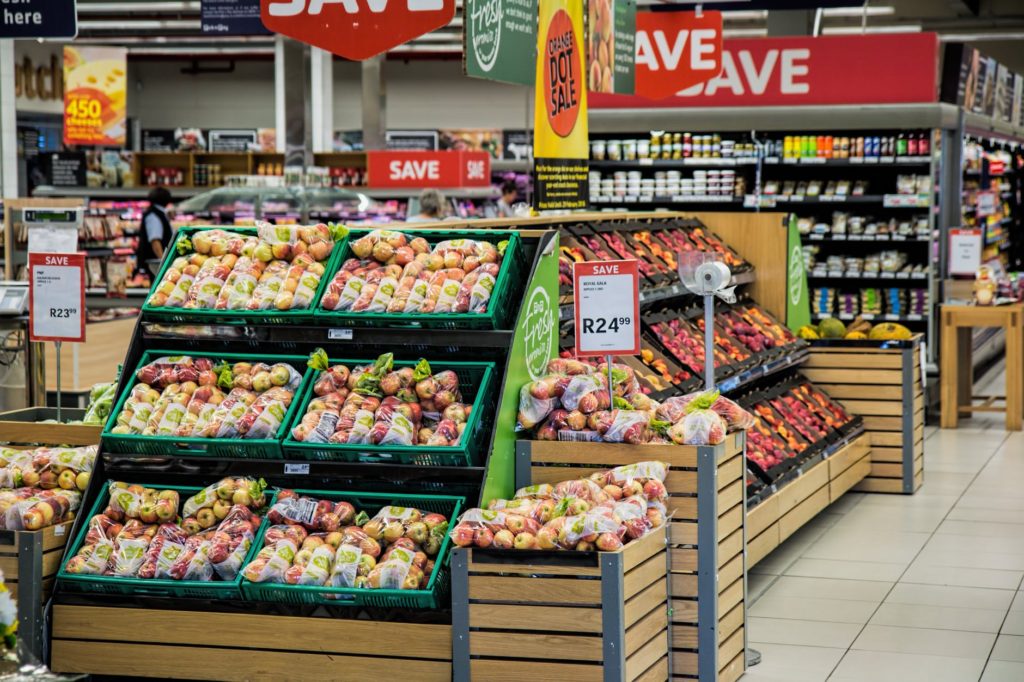In this summer of 2022 inflation is all over the news. Yahoo Finance reports:
“The overall CPI index, a closely watched measure of what Americans pay for goods and services, increased at an annual pace of 8.6 percent through May — the fastest rate in four decades.”
Food inflation is a clear trend amid the overall rise in prices.
In May, “Costs for food jumped 10.1% from a year earlier while food in the at-home category rose 11.9% — the highest increase since April 1979. All six food at-home categories also increased year-over-year, with five jumping by more than 10%. At 14.2%, meats, poultry, fish, and eggs saw the biggest spike — a whopping 32.2%. Fruits and vegetables saw the smallest hike at 8.2%.
One way to mitigate high food costs for many of us is simply to eat less. Obesity prevalence in the United States is 42%. That, of course, doesn’t include all the Americans who are borderline obese. We’ve got some room to work with, here!
In my case, I’ve launched a seven day OMAD experiment. OMAD is an acronym for One Meal A Day. I’ve been an adherent of intermittent fasting for over a year, now. I use the 16:8 approach: abstinence from food for sixteen consecutive hours followed by an eight hour period where food intake is permitted. So basically, after dinner, I don’t eat again until lunch. You can read more about that system of eating, here.
Under OMAD, my ratio will be about 23:1: twenty-three hours fasting followed by a one hour feeding window for dinner. I already save money by not eating breakfast. With OMAD, I won’t be eating breakfast, lunch or any snacks. Assuming I’ll be unlikely to consume as much in a one hour window as I would in an eight hour window, OMAD should save some serious dough!
We’ll see how this goes.
With Love,
P. Gustav Mueller, author of The Present
